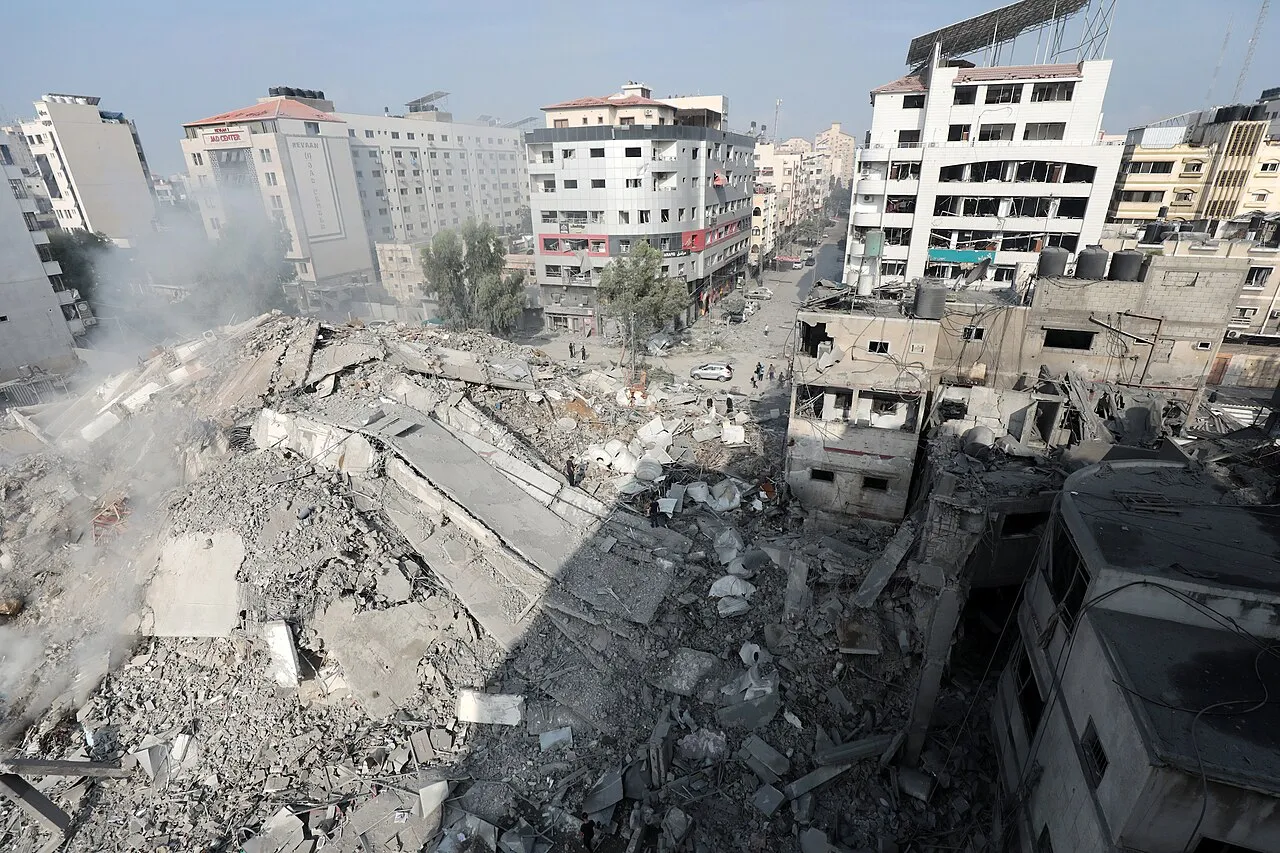New Delhi, Dec 1: Hostilities between Israel and Hamas have reignited as the seven-day temporary ceasefire concluded, resulting in a renewed exchange of rockets and airstrikes. The conflict has escalated with both sides pointing fingers, and the Gaza health ministry reporting dozens of casualties since the resumption of violence.
During the brief ceasefire for seven days, a prominent exchange saw over 100 Israeli hostages released in exchange for 240 Palestinian prisoners held in Israeli jails. However, the aftermath of this truce has witnessed a deadly surge.
It all started when Hamas attack on Israel led to 1,200 casualties and 240 individuals taken hostage on October 7. In retaliation, Israel’s campaign has reportedly resulted in over 14,800 deaths, according to Gaza’s health ministry.
Media reports from the Gaza Strip describe intense air strikes and billowing plumes of smoke in the northern region, accompanied by rockets launched from Gaza toward Israel, intercepted by the Iron Dome.
The Israeli military has issued warnings to residents in southern Gaza, distributing leaflets urging them to relocate further south. The military has created a detailed map of Gaza with designated safe zones for civilians, intending to aid in their evacuation during future conflicts.
UN Secretary-General António Guterres expressed deep regret over the resumption of fighting, emphasizing the necessity for a true humanitarian ceasefire. In a social media statement, Guterres hoped for the reinstatement of the pause in hostilities, underscoring the importance of humanitarian considerations in conflict zones.
US Secretary of State Antony Blinken conveyed Israeli Prime Minister Benjamin Netanyahu’s intent to resume military operations in the coming days. Despite this, Blinken urged a measured approach, stressing the implementation of “humanitarian civilian protection plans.”
These plans include delineating safe areas and avoiding significant displacement, with a particular focus on safeguarding critical infrastructure like hospitals, power stations, and water facilities.
As diplomatic efforts continue, the US actively engages with Qatar, Egypt, and Israel to explore options for extending the ceasefire. The fluid situation remains uncertain, with the international community closely monitoring developments in the region. The issue is seriously being discussed at COP28 in bilateral meetings in UAE.







